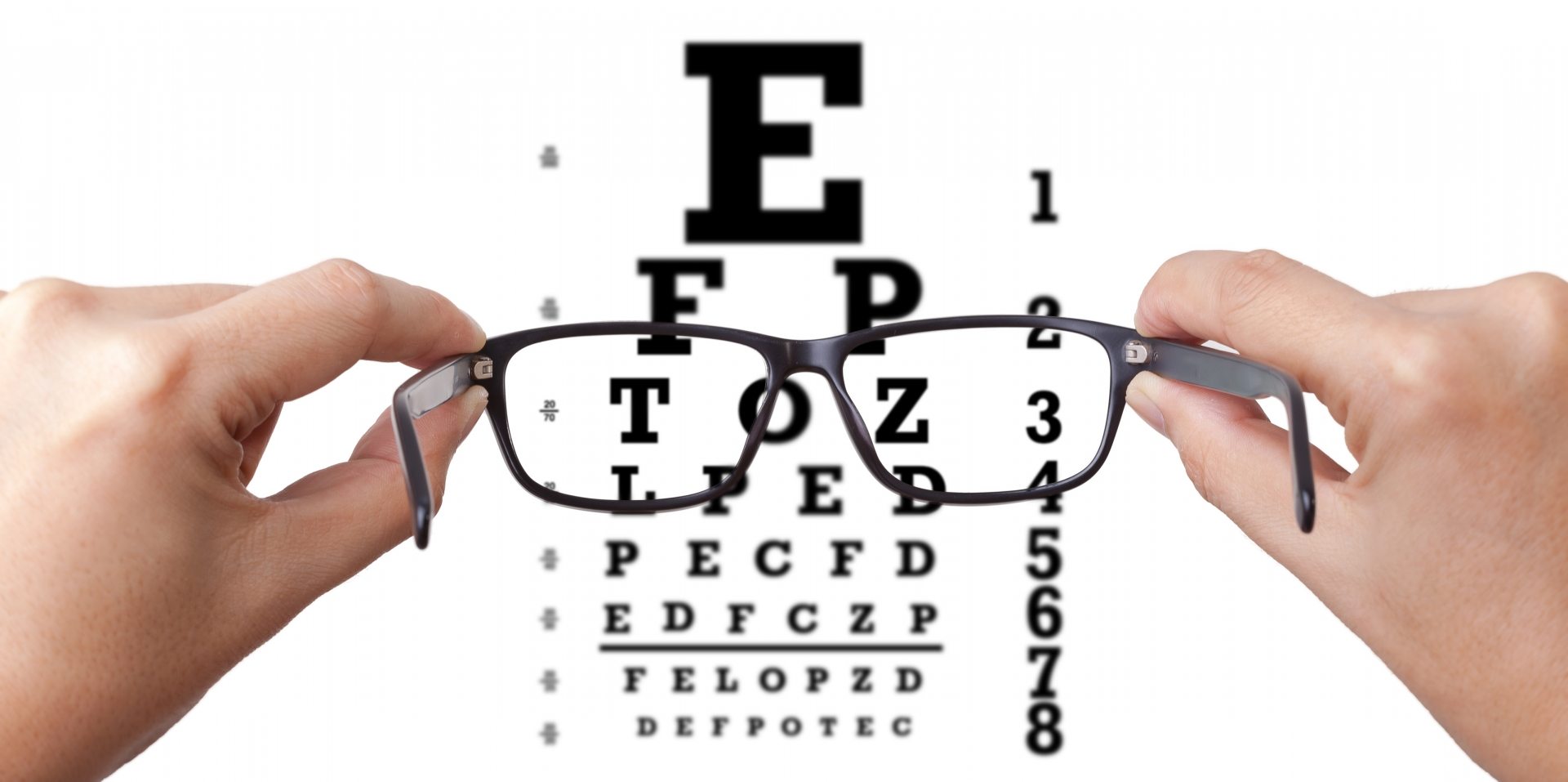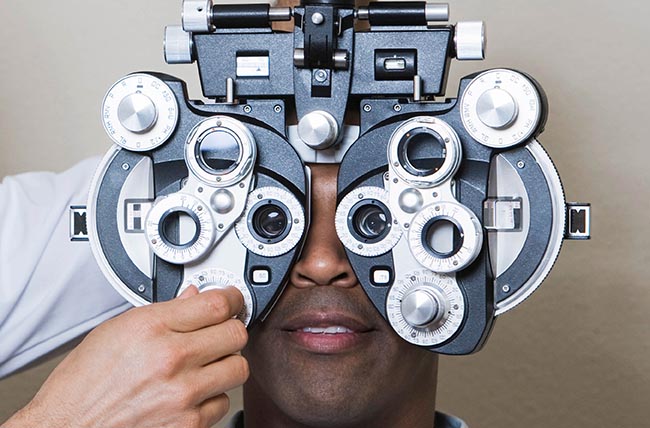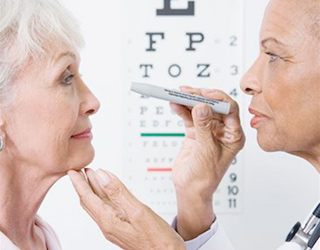Why More Young People are Nearsighted

Parents often ask if there is any way for nearsightedness to be prevented. The short answer is no, although there might be ways of lowering the severity of this common eye problem. Myopia – commonly called nearsightedness – is a condition where people see well up close, but need glasses or contact lenses to make things clearer at a distance.
Over the last 40 years in the United States alone myopia instances have increased 14%. The increased use of cell phones, computers, and video games is likely to have contributed significantly to these numbers. People with more serious nearsightedness have been linked to a greater risk for retinal diseases such as macular degeneration and retinal detachments, both of which may contribute to permanent loss of vision. While environmental factors clearly play a role in myopia, there are both dominant and recessive genes that can be passed on through genetics.
Overnight Contact Lenses (Ortho-K)
Overnight contact lenses to help slow myopia is known as orthokeratology, or ortho-k for short, and is sometimes recommended to correct a young one’s vision while their body is still changing. With this method, your child will be fitted with a special rigid lens that’s slightly flatter than the cornea, the clear window in front of the eye. The lens is typically worn throughout the night then removed during the day. The theory behind its use is that by flattening the cornea in a growing child you can reduce the amount of myopia they will have as an adult.
However, there are many factors to consider. This was only a two year study so there is little to show if there will be a significant reduction in myopia over the course of a lifetime. We also tend to see a higher risk of corneal infections and erosion with overnight contacts, both of which can lead to vision loss.
It’s also important to understand the cost of Ortho-K lenses. There is typically a charge for the fitting of the lens, and then another for the lenses themselves. The overall cost can range from $1000 up to $4000 to get started, then another $300-$500 each year for replacement lenses, lens care solutions and follow-up exams.
Lifestyle Changes
Along with genetics, a person’s environment and habits can play a big role in the onset of nearsightedness. Perhaps the most reasonable thing to do is spend more time outdoors, and avoid holding material too close when reading. If your child spends long periods of time in front of a computer or digital screen, encourage them to take regular breaks and focus on something in the distance to reduce eye fatigue. If possible, reduce screen time altogether.


